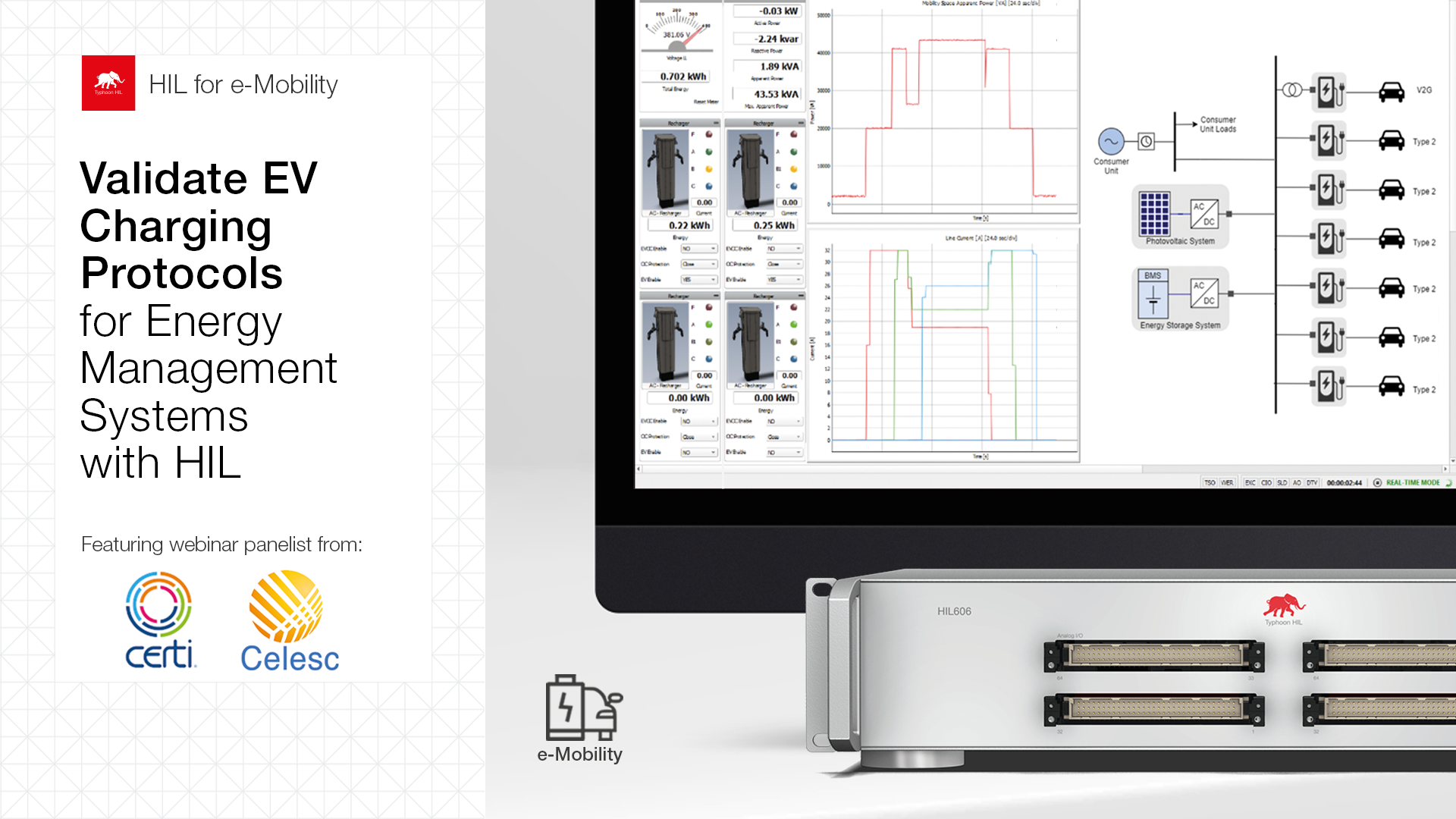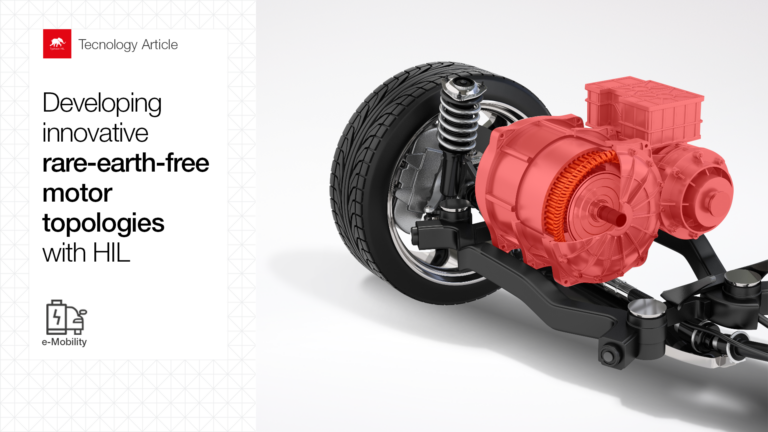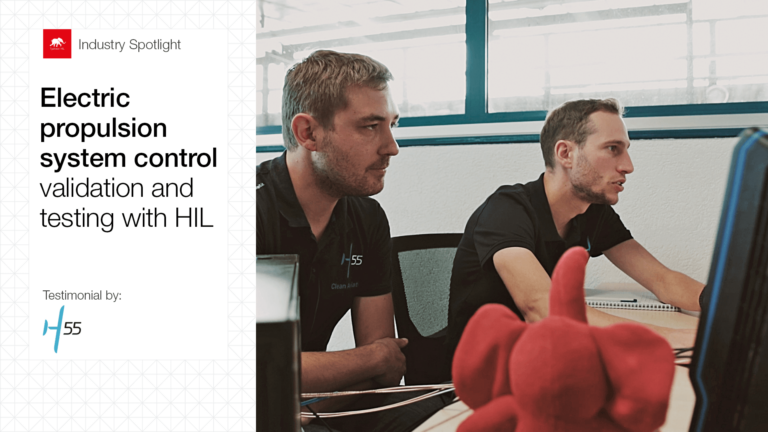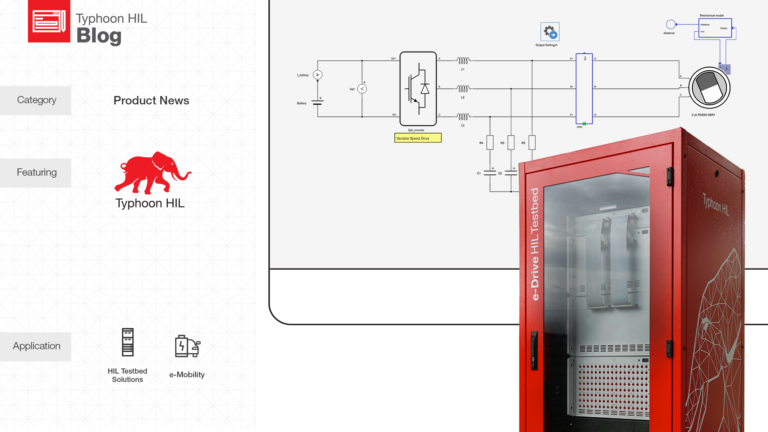Introduction | The Significance of Validating Charging Communication Protocols in Energy Management Systems
In recent years, national economies worldwide have adopted aims for making their development more sustainable. For the transportation sector and vehicle manufacturing industries, this is achieved in many countries by implementing diverse governmental policies that align with the strategy to push towards a higher use of renewable energy resources and higher adoption of hybrid and all-electric vehicles.
While these sustainability aims will bring many benefits for the future generations, they are posing considerable challenges that we must overcome in our current distribution systems to allow for larger numbers of electric vehicles (EV) to interact with the grid. One of the most notable challenges is developing a robust and safe communication infrastructure linking charging stations, distribution system operators, charging point operators, and drivers. The most complex part of this challenge is to establish successful system integration of products of different manufacturers that rely on different communication protocols and standards.
Following this, the development of EV charging systems not only needs to harmonize various operations, but also coordinate its implementation with renewable energy resources and distribution system restrictions. Taking all these aspects into account is critical to achieving a safe and cost-effective solution for years to come.
Webinar | Validate EVSE Charging Communication Protocols for Energy Management Systems using HIL
Typhoon HIL reached out to CERTI Foundation, to learn more about their recent project successes and ongoing developments in the e-Mobility space and discuss how HIL design, testing, and validation has accelerated their time to market.
Validate EVSE Charging Communication Protocols for Energy Management Systems using HIL
In this webinar, you will learn about:
- How simulation and testing is performed for e-parks with multiple EVSEs and DERs;
- How to avoid risks and high costs by using hardware-in-the-loop (HIL) while validating energy management systems;
- How to validate Open Charge Point Protocol (OCPP) in real-time simulation with Typhoon HIL;
- How you can develop and test with multiple communication protocols in Typhoon HIL (CAN, CANopen, Modbus, etc.).
Learn More | Meet the Panelists
For this webinar, we invited two panelists to join us for a discussion:
- Marcelo Oliveria Godinho, Microgrid & e-Mobility Researcher at CERTI Foundation
- Murilo M. de Almeida, Manager of Americas Engineering Team at Typhoon HIL

Marcelo Oliveria Godinho is a researcher at the CERTI Foundation and works in the areas of energy storage, design and management of DC and AC microgrids, e-mobility and EV charging infrastructure, energy generation and integration of renewable sources, smart sensing, and development using Digital Twin and Hardware-in-the-Loop technologies. He is responsible for the development, testing and application of the e-Mobility management system. Marcelo holds a degree in Electrical Engineering with educational experience gained at the Federal University of Ouro Preto (UFOP), University of New Brunswick, and Federal University of Vales of Jequitinhonha and Mucuri (UFVJM). He is currently pursuing a master’s degree in Dynamic Systems at the Laboratory of Alternative Sources and Energy Processing (LAFAPE) of the Graduate Program in Electrical Engineering at the School of Engineering of São Carlos (EESC), of the University of São Paulo (USP). He has previous work experiences from the National Energy Storage and Management System project for a Bidirectional Electric Station, linked to the Laboratory of Automation and Simulation of Electrical Systems (LASSE) of the Itaipu Technological Park Foundation – Brazil (FPTI-BR).
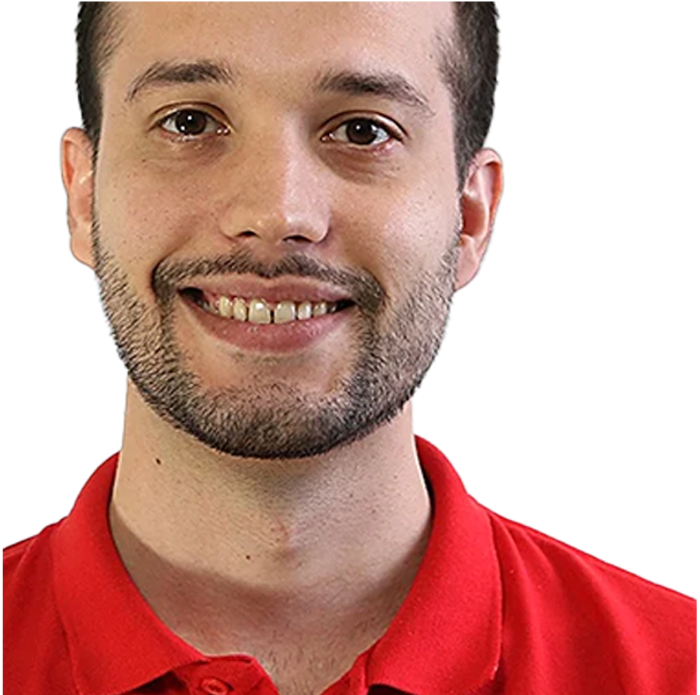
Murilo M. de Almeida is the Head of Microgrid and Critical Power Applications at Typhoon HIL and Manager of the Americas Engineering Team. Murilo manages HIL Microgrid Solution planning, development, and execution by coordinating multi-site teams and oversees new technology development for government-related and university projects. He is leading Microgrid Software Toolbox development, deployment, and customer experience and manages relationships with external third parties to develop new sales channels and gather spec/requirement for microgrid solutions. He has been with Typhoon since 2015 with previous work experience at Castelo Forte and RTVE Foundation and educational background from the Federal University of Goiás (UFG), Getulio Vargas Foundation (FGV) and Northeastern University.
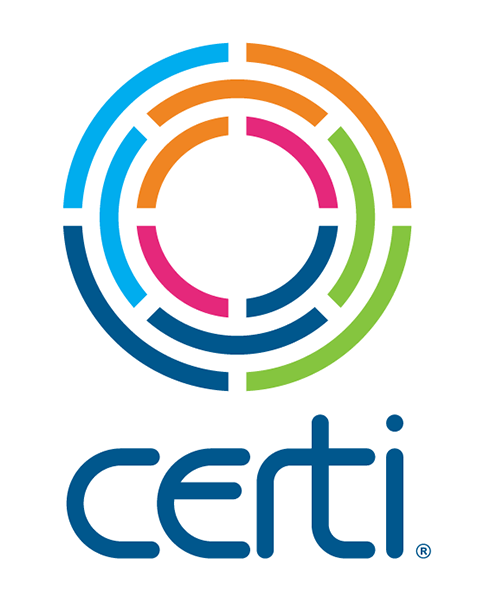
CERTI Foundation is an institution whose purpose since 1984 is to contribute to the competitiveness of companies and the sustainable development of Brazil, by assisting the development of a consistent and dynamic ecosystem of innovation, technology, and entrepreneurship. CERTI has years of experience in entrepreneurship, design, and hardware and software manufacturing, and has been guided by the concepts of quality, agility, innovation, responsibility and providing value through technology R&D projects.

Centrais Elétricas de Santa Catarina S.A. – CELESC is one of the largest companies in the Brazilian electricity industry, especially in the power distribution and generation areas. Structured as a holding company in 2006, it has two fuly-owned subsidiaries: Celesc Distribuição S.A. and Celesc Geração S.A.
Credits
Text | Debora Santo
Visuals | Karl Mickei
Editor | Debora Santo
